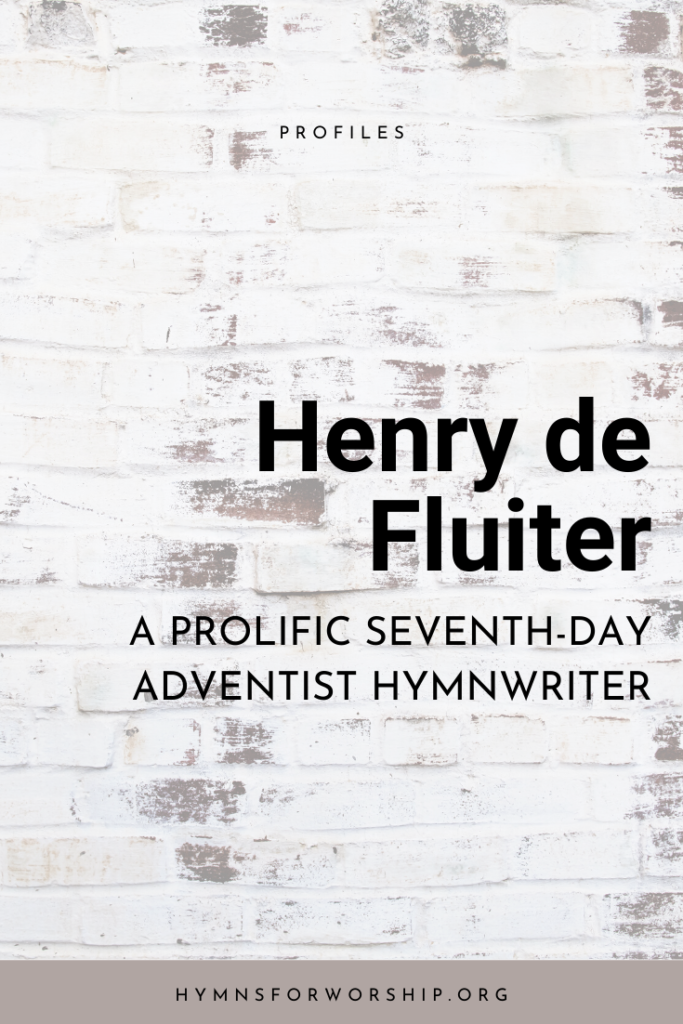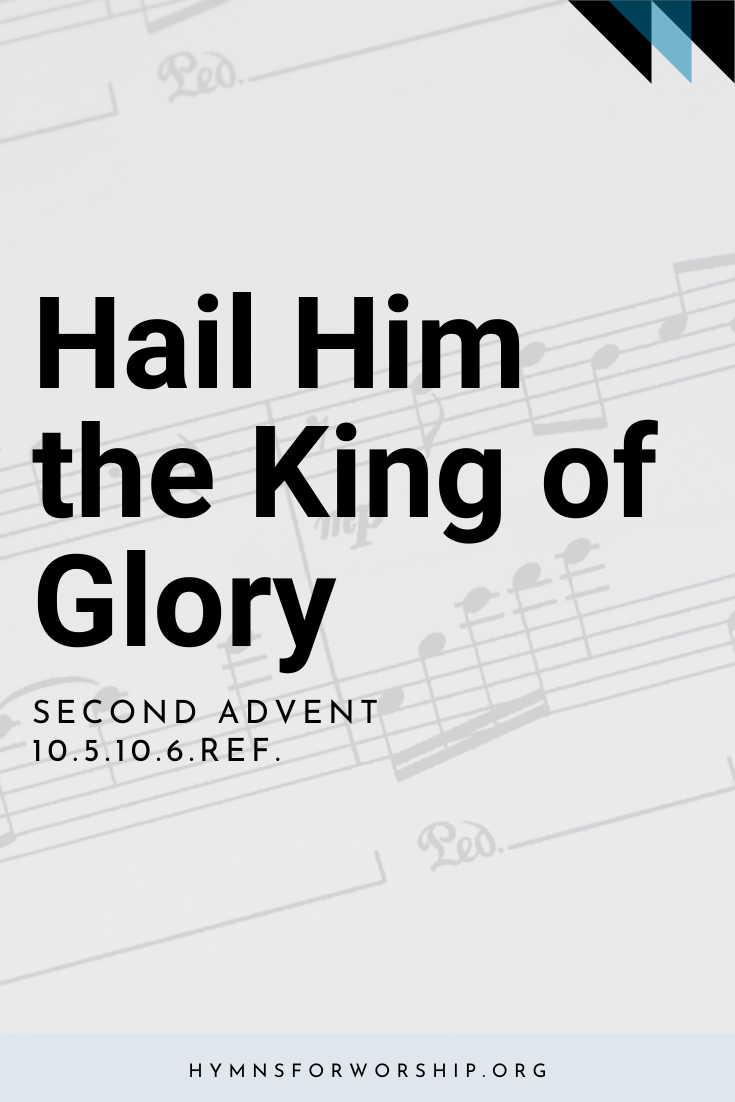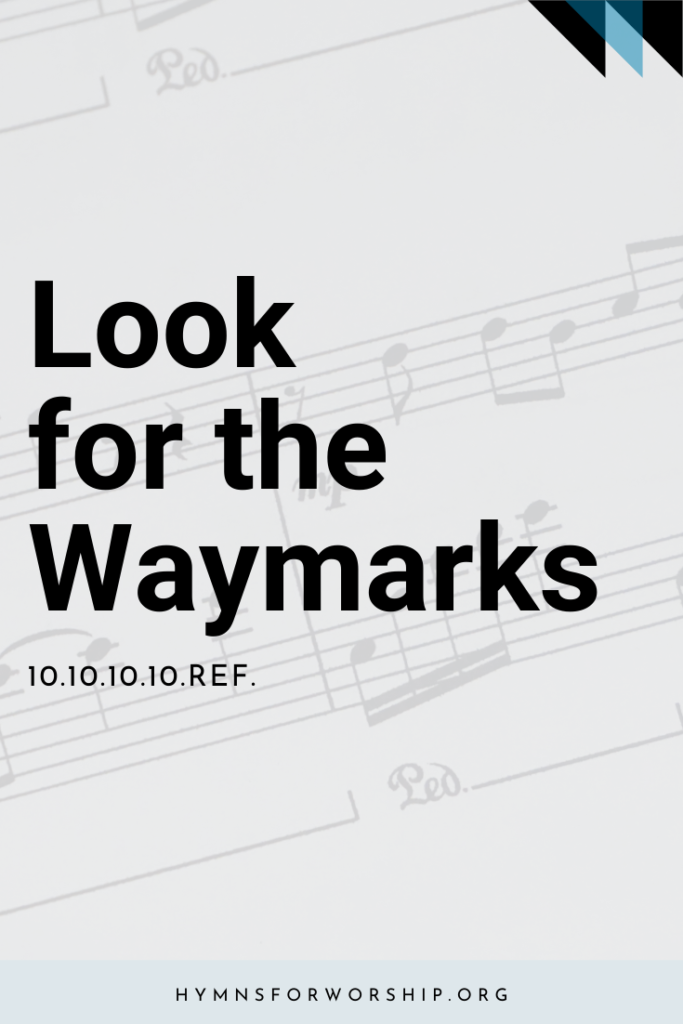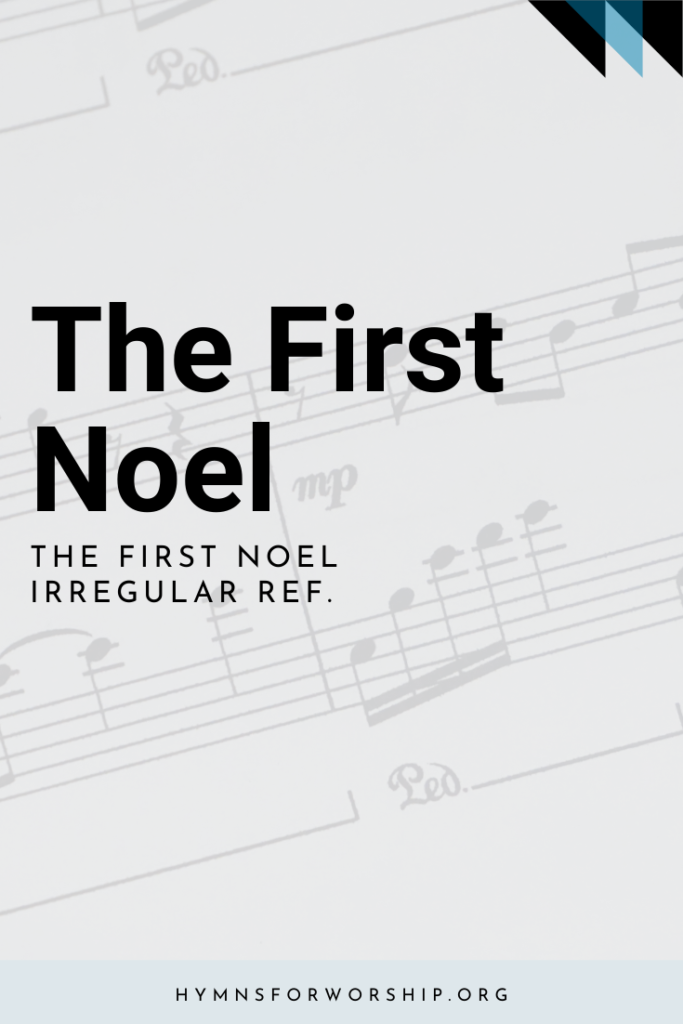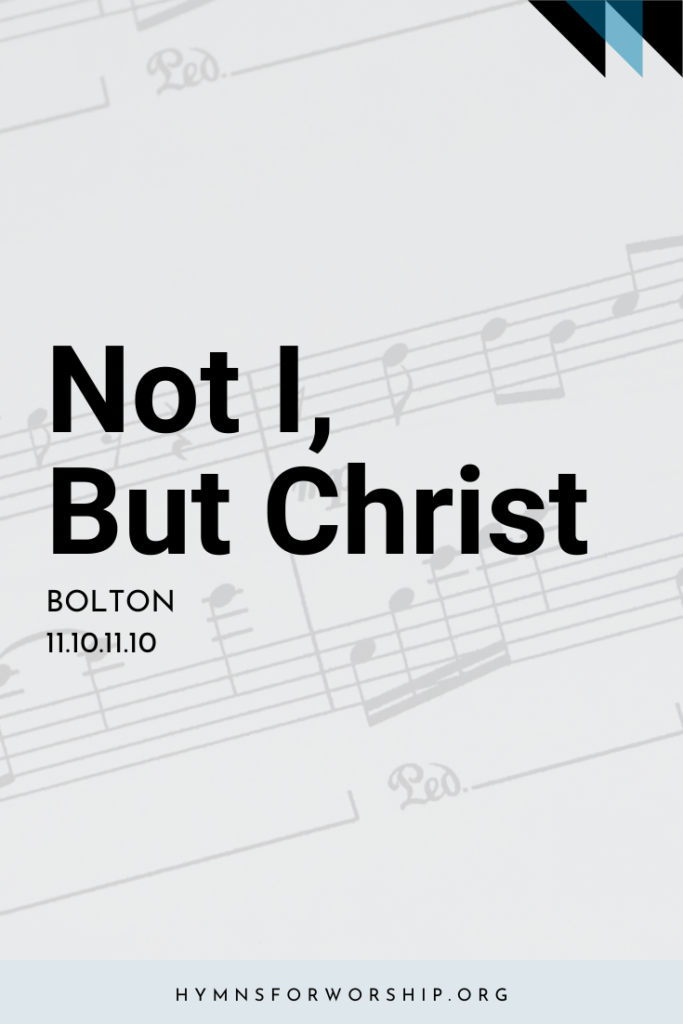JESUS CHRIST >> SECOND ADVENT
SDAH 202
Tell it to every kindred and nation,
Tell it far and near;
Earth’s darkest night will fade with the dawning,
Jesus will soon appear.
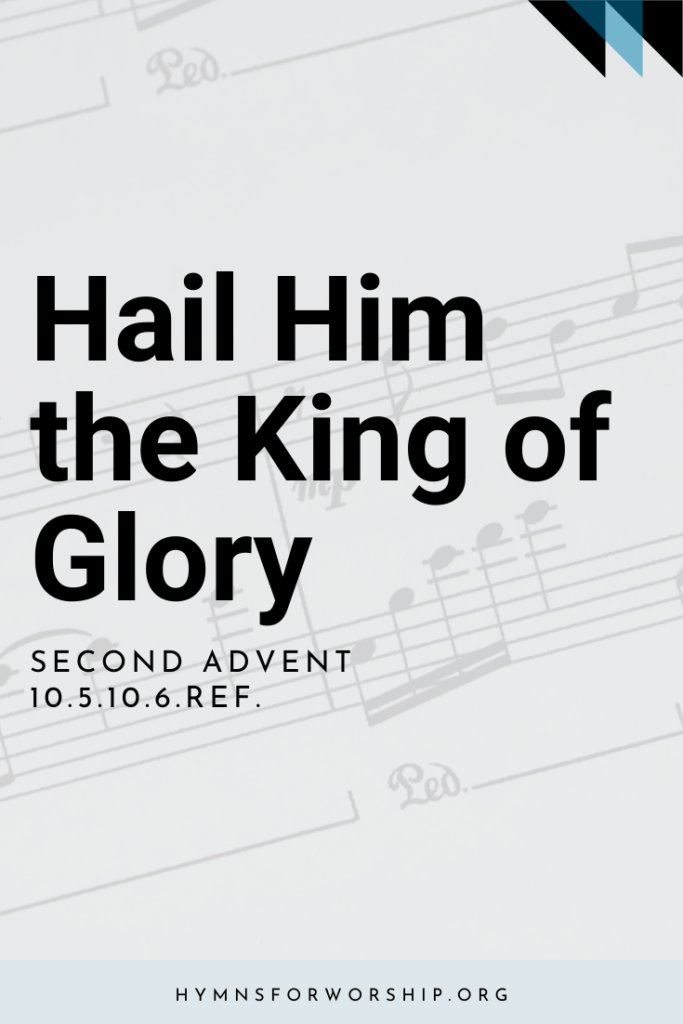
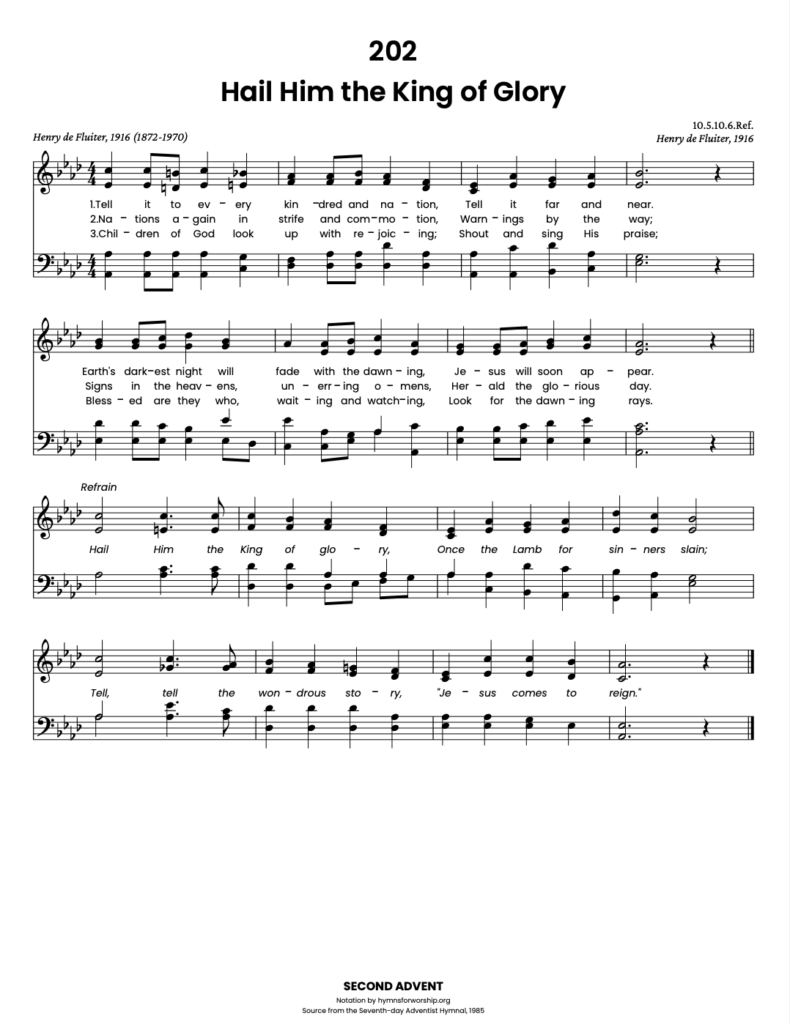
Get the hymn sheet in other keys here
For Worship Leaders
Make each hymn more meaningful with these helpful tools: Short, ready-to-use hymn introductions for church bulletins, multiple ways to introduce a hymn based on your worship theme and in-depth history and insights to enrich your song service.


Text
1
Tell it to every kindred and nation,
Tell it far and near;
Earth’s darkest night will fade with the dawning,
Jesus will soon appear.
Refrain
Hail Him the King of glory,
Once the Lamb for sinners slain;
Tell, tell the wondrous story,
“Jesus comes to reign.”
2
Nations again in strife and commotion,
Warnings by the way;
Signs in the heavens, unerring omens,
Herald the glorious day.
3
Children of God look up with rejoicing;
Shout and sing His praise;
Blessed are they who, waiting and watching,
Look for the dawning rays.

Hymn Info
Biblical Reference
(a) Rev 14:6, Rom 13:12 (b) Luke 21:25 (c) Luke 21:28; 12:37 (r) Ps 24:7; Rev 5:12; 11:15
Author
Henry de Fluiter (1872-1970)
Year Published
1916
Theme
SECOND ADVENT
Metrical Number
10.5.10.6.Ref.
Composer
Henry de Fluiter
Year Composed
1916
Recommended Reading
The year 1916 was full of tumultuous wars, particularly World War I. A lot of uncertainty and fear was in the air. Yet, it was against this backdrop that Henry de Fluiter’s hymn, “Hail Him the King of Glory” was set.
From the title alone, we see that the hymn writer’s main descriptor for God is that He is “King of glory” who will “come to reign”. He also purposefully puts these words in the refrain, allowing the singer to sing it several times in the hymn. It serves as a constant reminder that in a time full of fighting between the world’s biggest governments and nations, God still reigns.
